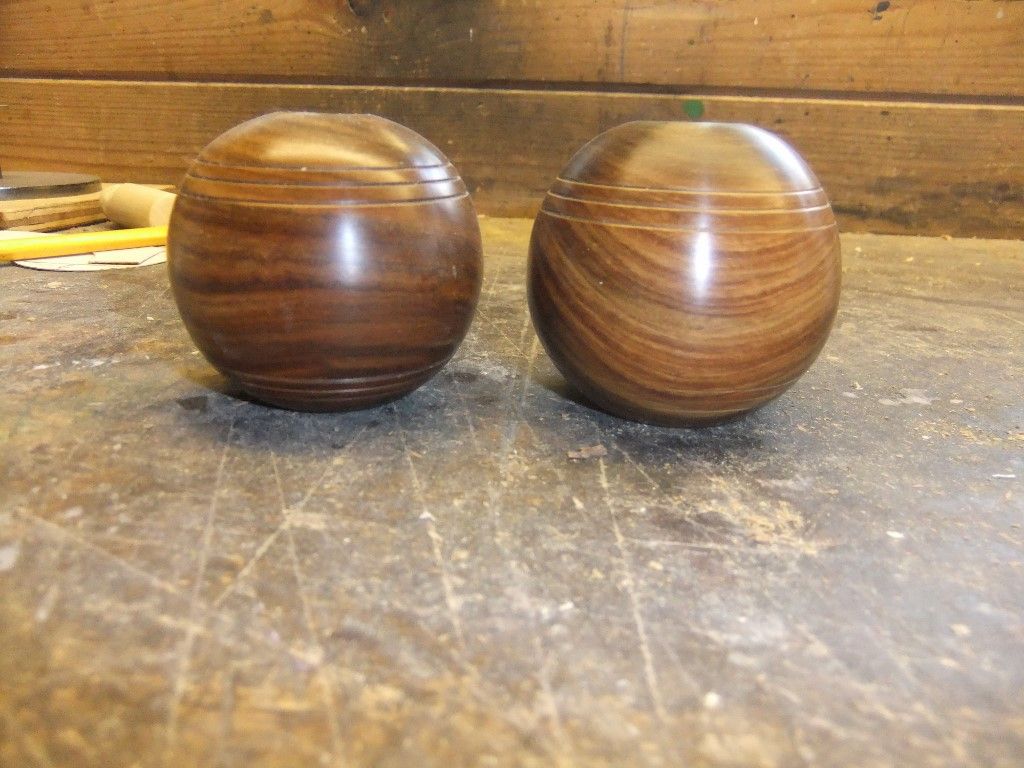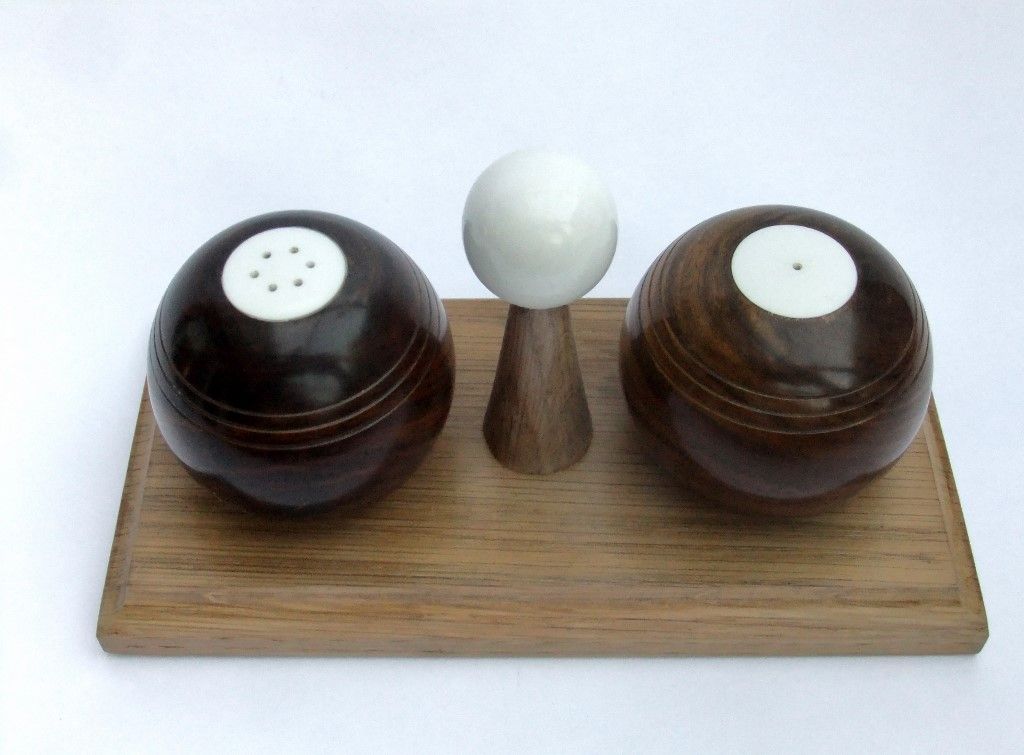Can't help thinking a £3 snooker ball on a rubber seating would be a low-cost, simple but effective option. They would almost certainly be sufficiently spherical, and have a good smooth finish.
Lignum Vitae was often used in large steam-ships as a bearing-liner for the propeller shafts, lubricated by the water, so it ought have a goodly long life in well-pump valves. As others say though, even if you could obtain any, you've still the problem of having the balls turned to a suitable sphericity and finish – a problem with turning them from any material.
.
Actually, non-return ball-valves are made in a range of diameters for cold-water systems, and it may be possible to obtain replacement 50mm dia balls alone. Try asking suppliers of commercial plumbing and swimming-pool fittings: you might not find them in domestic-building suppliers' catalogues.
'
I'm not clear about two points.
1) "Pressurised." A lift pump is not "pressurised" . A lift pump works by suction alone, discharging to atmosphere at its own leveI. Its theoretical suction head is about 32 feet (say 10 metres) but in practice never achieves that. The traditional village-pump with an outlet spout on the top of the pump cylinder, is a lift pump.
Am I right this means an air-vessel on the delivery side? That would be appropriate on a power-driven, reciprocating force pump with little or no suction head but a delivery head that may be much more than 10m. It does not increase the pressure or volume pumped, but decreases pulsing in the delivery pipe-work and fittings. The pumps used for hydraulically testing plumbing systems – and miniature steam-boilers – are force pumps; but neither need nor have air-vessels.
'
2) I assume the gaskets are between flanges holding the pump casing parts together. If so the pressure acts only on their edges exposed to the waters as the bolts take the forces trying to push the pump apart.
Given bolting faces in good condition, or re-faced, the gasket does not need to be very thick, and can be cut from almost any gasket material suitable for cold water up to the sort of pressure here. Provided decent widths of gasket between the edges it is sealing, including round the bolt-holes, Neoprene or other synthetic, or natural, rubber, should be fine. What is the original material?
So, what are the pressures we need consider? (Pressure alone – the force is pressure X area)?
– A lift pump pulling the water up from the tank works only by suction so the maximum pressure acting on any part of it cannot exceed 1 Bar (approx. 15lbs.sq.inch), and is on the outside of the pump.
– A force pump down in the tank and pushing the water uphill, experiences an internal pressure that equals 1 bar per 10 metres delivery head.
Given that your neighbour's pump is a buried water-tank, it would have to be a pretty deep tank for pressure to be much of a problem.
An Other.






